Agriculture trade and tariff resources
Ohio Farm Bureau has collected information and resources that will be updated as the trade and tariff situation continues to unfold.
Read MoreWhen times are tight in agriculture, successful farmers and ranchers don’t throw in the towel. They find a way to make things work, even if it means trying something completely new to sustain operational revenue.
That impulse to sustain an operation combined with the spike in demand for farm-direct meat, produce and other ag products spawned by the COVID-19 pandemic rightfully compelled many growers to explore selling direct and managing more of their supply chain as ways to maintain revenue on operations adversely affected by the virus and the angst it’s created. Selling direct during the pandemic not only enabled some growers to make up for the short-term financial shortfall but also open new long-term revenue streams.
New on-farm ventures like marketing meat directly to consumers or creating an agritourism attraction can create new revenue streams, but they can also open up new risk exposure. When diversifying an operation, a good starting point is acknowledging your tolerance for the types of risks you may encounter in the process. Then, work with a Nationwide farm-certified agent to determine what type of coverage is needed to protect a business from these risks based on your general risk preferences.
“People are considering how to meet the farm-direct demand, because it’s an opportunity to regain some revenue lost because of COVID-19,” according to Nationwide Associate Vice President for Agribusiness Underwriting Erin Cumings. “We have farmers of all types and sizes looking at new revenue streams for their operations. On smaller farms, it’s more about opportunities to be involved in the farm, like agritourism and buying direct, while on larger farms, it’s more about figuring out how to control more of the value chain.”
The right farm or ranch policy can protect property and provide coverage from any new liabilities that accompany the diversification of an operation. The first step in finding which policy type and coverage level is right for you is to determine what will best meet your needs based on your risk tolerance—the level of risk you’re willing to endure—as well as the liability the business diversification will create. It’s a combination of introspection about your attitude toward risk, what you are willing and able to pay for liability protection, and analysis of the new risks of the ag business diversification you’d like to introduce to your operation.
“It’s really important to consider your property and any safeguards you need to protect yourself from personal liabilities and property damage,” Cumings said. “There are major differences between having a roadside fruit and vegetable stand at the end of your driveway and a you-pick operation in which you have visitors directly on your farm.”
Beyond a basic assessment of the additional risk being taken on in diversifying a farm or ranch with a new venture, it’s important to consider revenue expectations and match them with the right insurance policy. As a rule of thumb, there’s a direct relationship between increasing risk and revenue potential, and realistic expectations for the latter will help ensure you’re enlisting adequate risk exposure protection.
“Just like revenue increases with the amount of risk, so does insurance. If you plan to sell $10,000 worth of tomatoes, that’s a lot. But from a risk standpoint, it’s much less than selling $10,000 worth of meat direct from the farm,” Cumings said. “There are more food safety rules around meat, for example, so you’re taking on more risk.”
Endorsed coverage levels range in cost from an additional $100 added to an existing whole-farm policy to a broader specific policy to over the entire new venture. Policy costs vary based on the size and type of operation, Cumings said.
Adequate insurance coverage for a new farm business venture requires direct attention to the farm or ranch. Most Nationwide farm-certified agents have years of farm experience in different diversification options and the expertise to advise on the best insurance options. While COVID-19 may have hampered farm revenue potential in the short term, long-term financial viability is possible with the right diversification tactics and risk exposure protection strategy.

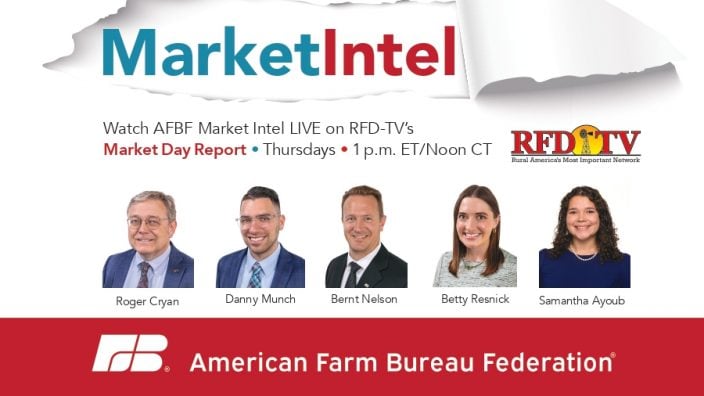
Ohio Farm Bureau has collected information and resources that will be updated as the trade and tariff situation continues to unfold.
Read More

Airable Research Lab focuses 100% on developing safe, sustainable products made from the soybean oil grown right here in the Buckeye State.
Read More

SB 100, championed by Sen. Susan Manchester, would offer farm families access to affordable, personalized health care plans.
Read More

Ohio Farm Bureau policy regarding highways and motor vehicle fuels tax guided OFBF’s board in its decision to support the passage of Issue 2.
Read More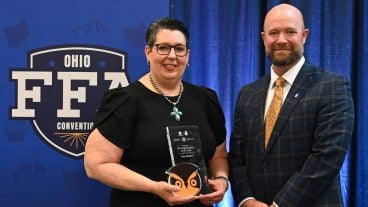
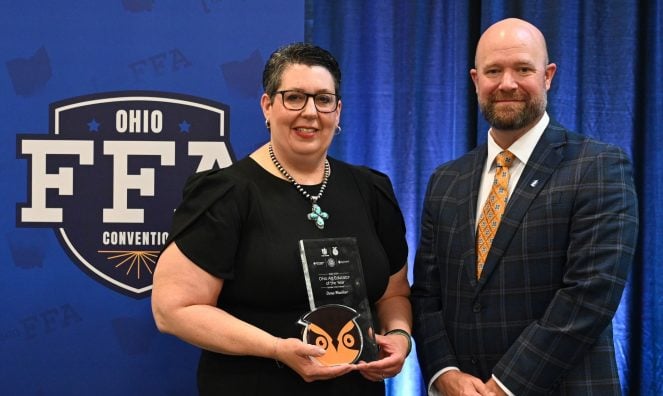
March is National Agriculture Month and in today’s world, agricultural education and awareness is needed more than ever. Hear from two of Ohio’s top ag educators.
Read More

Brent Nemeth of Rayland/Dillonvale will serve members in Carroll, Harrison, Jefferson and Tuscarawas counties.
Read More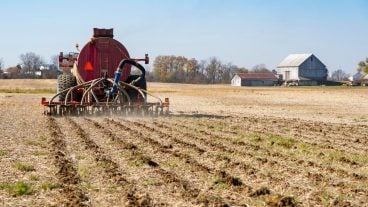
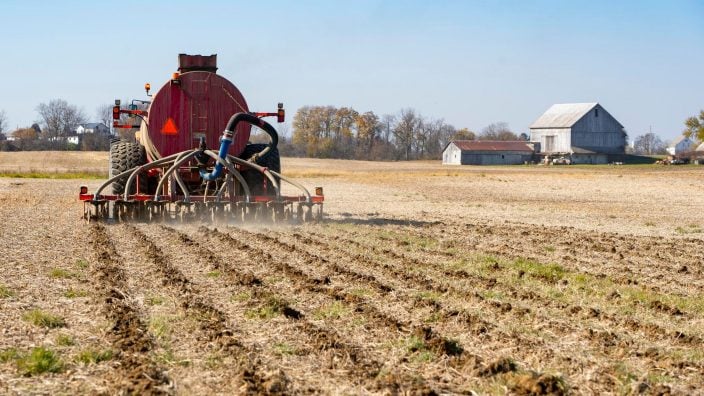
Current Agricultural Use Value is often discussed as a farmland preservation tool, but there are some other tools in the law that landowners can consider.
Read More

Trevor Kirkpatrick will help design, coordinate and implement member-focused health benefits programs.
Read More

SB 100 will allow Ohio to join the existing network of state Farm Bureaus participating in Farm Bureau Health Plans, which is an alternative health plan that has been serving Farm Bureau members since 1993.
Read More

Over three days, participants heard from experts and, in turn, voiced their thoughts on topics as far reaching as the farm bill to trade to taxes.
Read More